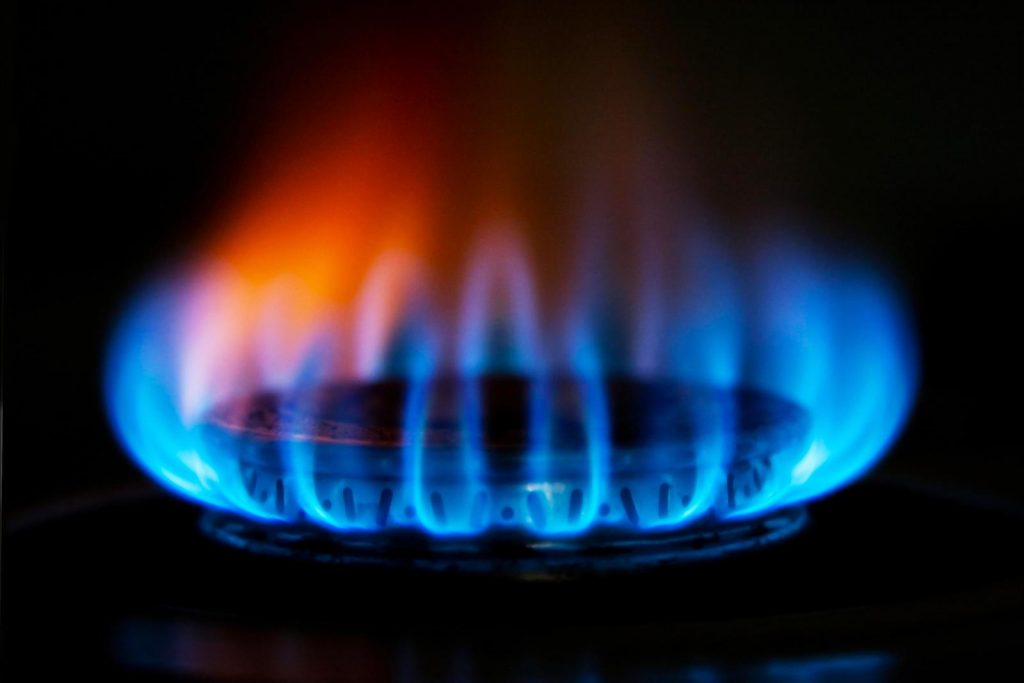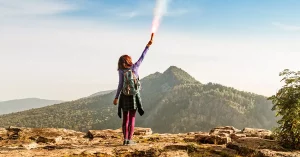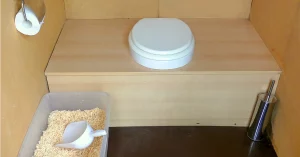In an emergency situation, you can find yourself without power and heat. You want to make sure that you have taken the proper precautions to make sure that you and your family will be able to stay warm as the temperatures drop. You also want to plan for heat options if you are in an emergency situation where you have to be on the move or outside, such as planning for a compact sleeping bag or blanket.
When you do utilize any of these best alternative heat sources in your home, you want to maximize heat by limiting it to one room that is secured with doors closed. And, if it is winter, you’ll want to take extra measures including layering your clothing, closing all curtains, drinking warmed liquids, using wool blankets, and doing light exercise. It’s also a great time to whip out hand warmers or warm water bottles, especially when it comes time to fall asleep.
If you do not have a working fireplace in your home, here are some alternative methods you can use to create warmth in your home until you get power back.
Here are a few of the best alternative heat sources to use in a home emergency.
Wood Burning Fireplace
Learning how to start a fire with wood is an essential survival skill. Split the wood, preferably oak. You’ll want to have both small and large pieces. You can also use smaller branches for kindling to help the fire keep going and get bigger. You’ll also need small pieces of paper, magazine, or newspaper to start the fire. Then, light these materials and let the fire spread itself to the small and medium logs.
Propane Heaters
Mr. Heater makes propane heaters that are very safe to use at home. They also have shut off features in case you forget to turn them off so they will never be a danger to you and your family.
Camping Heat Packs
These are very easy to use and will help you warm up your food and help your body feel warm. They don’t require an external heat source and are super compact, so you can definitely bring them with you.
Heat Pal 5100
The Heat Pal 5100 is a small and portable nonelectric heater. It acts as a single burner stove which can heat small portions at a time. It can burn for about 5 hours at a time. While it heats your food, it also serves as a heater for your home.
Battery Operated Heater
Battery operated heaters are another good option. There are rechargeable hand warmers and small devices that you can use. Several of these small heaters on amazon also come with USB phone charger additions as another benefit.
Hand and Toe Warmers
These are a very simple but highly valuable option. Zippo hand warmers are great because they are picked sizes and can last for up to six hours. They give off flameless and odorless heat so that there is no clear smell if you are in hiding. If you don’t have these on hand, you can heat stones and water bottles to keep you warm. You can warm water and put it in a bottle and keep it near your hands or feet while you sleep.
Terracotta Pot Heater
A clay pot candle heater is a more inventive way to create warmth in the case of an emergency. All you have to do is take a set of clay pots and attach them with a steel bolt. Then, you support the structure with bricks to position the bolt above a candle. When the flame hits the bolts, it heats the clay pots and the structure of the pots traps the heat. This method is effective, but you do have to be careful that you are watching the fire carefully and make sure the candles are not too close together.
Canned Heat
Canned Heat is commonly used for heating buffet or party food trays, but they can also be very useful for heating your food in an emergency. Each can is able to give 2 to 3 hours of heat. Magic Heat Kit and Camp Heat are two popular brands to check out on Amazon.
Harness Body Heat
The final and most straightforward way to generate heat in an emergency is to harness your body heat. To maximize body heat, you want to minimize moisture and make sure you are wearing wool instead of cotton. This is because cotton trapps moisture if you become sweaty, which makes it ineffective in isolating your body heat. Fleece, wool, and mylar are much better options. You can also get a bivy bag, which is a small reusable bag that can easily fit in your bug out bag. It only weighs 6 oz and is the ideal sleeping bag to have on hand in case you have to sleep in a cold environment. It is also heavy-duty and tear-resistant. A sleeping bag made of waterproof fabric is also a good option, as the shape and material of the sleeping bag will trap your body heat to keep you warm while you are sleeping. Mylar blankets are another good option, as the mylar material reflects your body heat back to you so it’s not lost. Wool blankets are another easy choice as wool is a natural insulator.
It is important to not let your body temperature drop too drastically, as this affects the brain negatively and impairs your thinking and mobility. While you are taking all of these methods into consideration, remember to alter your environment when possible to maximize retention of heat. For example, containing everyone to one room of the house will trap warmth, and you will want to make sure that the doors are not drafty. If there is space under the door, block it with a blanket or even pool noodles to make sure that the warm air you’re generating cannot escape. Using curtains or blinds can also trap heat, as they will insulate and stop the draft from coming in.
If you’re outside, experts say that you should focus on keeping your hands and feet warm, as those are the areas where hypothermia is most likely to begin. You can engage in light exercise, use warmers, or warm up water bottles to make sure that your hands and feet stay warm, especially when you’re sleeping. Signs of hypothermia include shivering, memory loss, slurred words, exhaustion, and confusion. If you suspect someone is in danger, use skin to skin contact under clothing, make sure the person is dry, and do not try to give them liquids until you can seek medical attention.
Heating Safety Measures
As a final note, if you do utilize any of these heat sources, it is important that you watch them very carefully to make sure that nothing in your home catches fire. It is also important to have a functioning carbon monoxide detector.
If you create a wood fireplace you should also make a screen to catch sparks. If you are using your car for a heat source, be careful that you do not leave your car running while you are not in it.
When using space heaters, remember the “three feet rule”; anything flammable should be at least three feet away from heaters, including clothes, beggins, curtains, adn stuffed toys.




